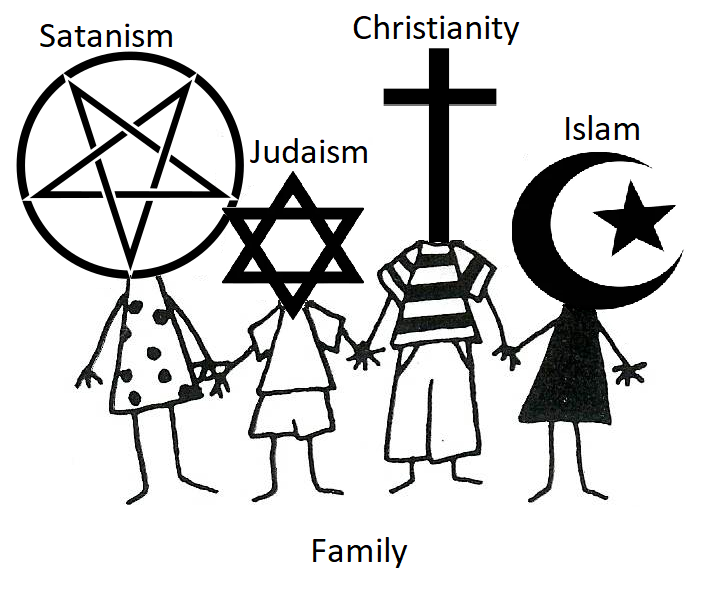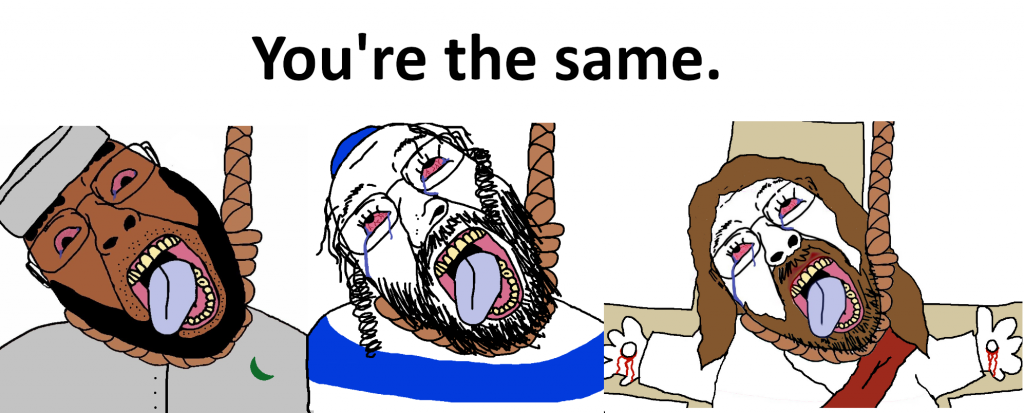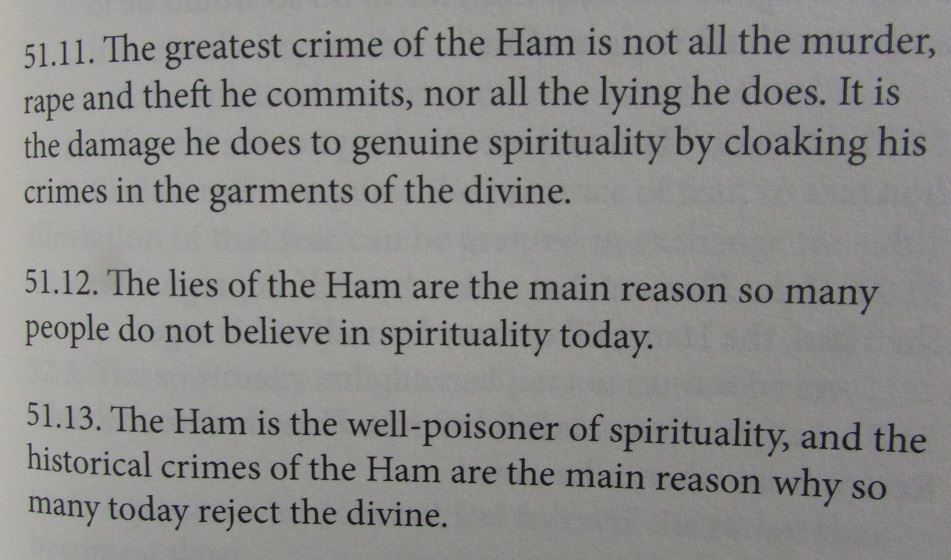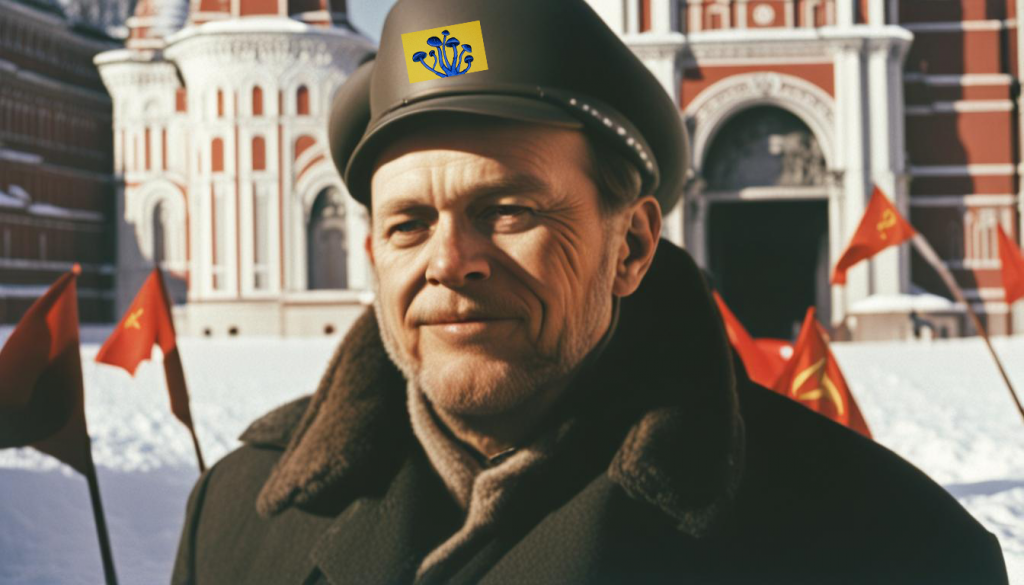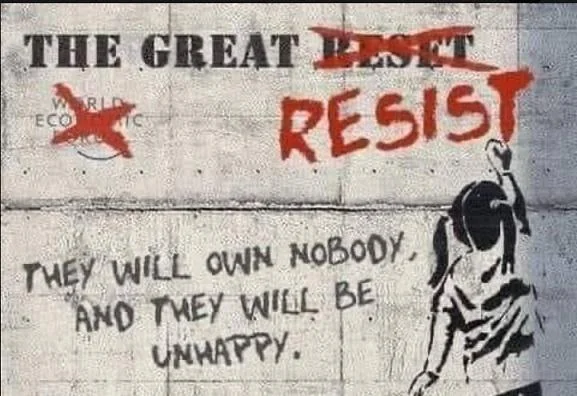
The Great Awakening appears to be going very slowly. The control system is very clever, and it knows that there are various ways to keep a population submissive. One of the tried-and-true methods is to work the population so hard that it doesn’t have time to organise an awakening or revolution. So before there can be a Great Awakening, there has to be a Great Resistance.
The Great Resistance has been described as a pushback from workers who want to keep working at home. The Coronavirus lockdowns led to a large number of workers working from home, and most of those workers decided that they preferred that to the daily grind of commuting for hours on top of a full day of work.
Many workers have been confused by their bosses’ demands for them to come back to the office post-Covid. It’s hard to see what, apart from a sadistic need for control, would motivate them to demand their workers commute when it isn’t necessary. This has led to some resentment, and that resentment has led to resistance.
Some have taken the Great Resistance concept further, to the point where it has become a Western version of the Chinese “lying flat movement“. After all, the reasoning goes, if you want to save on your commuting time because it’s wasted, why not save on other forms of wasted time as well? Such as working for a wage that you can never own a home and raise a family on?
There’s potentially much more to it than even that.
The Great Resistance has the potential to become an entirely new social movement towards resisting tyranny. If it can combine the right-wingers concerned about losing free speech and other freedoms, and the left-wingers concerned about unaffordable rents and housing, such a movement could have a major societal impact.
The Great Resistance could be a resistance of many things – not just of our material exploitation but also our spiritual exploitation.
Perhaps the most obvious and immediate cause for the Great Resistance relates to the share of wealth accrued by the bottom 99% of society. At the end of 2023, young and working-class people all over the West are in a state of deep malaise. The chance of owning a home that a family can be raised in seems remote for most of those people.
The first cause, then, is liberating wealth from the top 1%. Housing, especially, must be liberated so that people at an age to start families can afford it. This will involve shifting the entire balance of power back from the hoarders of land to the workers of it. Immigration must be stopped so that employers are forced to pay fair wages to locals.
The workday must be reduced so that Westerners have time for something other than work. Everything that sucks time from people unnecessarily, whether commuting, bullshit jobs, unpaid overtime, being always-on-call etc. must be abolished, by law. If the average worker today has become twice as productive as the average worker in the 1970s, they should see at least half of that benefit.
Resisting corporate propaganda is part of this. If any revolutionary social movement is to be successful, its members have to be ideologically clear. This means that they will have to resist the messaging of the mainstream media, the television in particular. Resist the corporate media’s tireless attempts to insert its advertising into your brain. Consume clean information.
Another part of the Great Resistance must also involve resisting shit food and drugs. Some Clown Worlders have coined the term ‘goyslop’ to describe the low-quality garbage food that pervades Western culture. The high goyslop consumption rates are partially because all the energy and time that would have been used for cooking is stolen by the employer. This must be resisted.
Naturally, this also involves getting fit. It’s not just about resisting slop but also resisting laziness. The Great Resistance will involve resistance training. Physical strength is a tangible sign of one’s refusal to collapse into the dirt. The attempts by the ruling class to drive the rest of us into the ground must be resisted.
Also, if any success is to be had, the members of the revolutionary social movement must resist spiritual lies intended to induce submission. The Great Resistance must continue the work and sacrifice made by those throughout history who have battled spiritual terrorism, in whichever form it has arisen. Death narratives must be rejected, and life narratives must be emphasised.
Fully realising the Great Resistance, then, will go far beyond merely working from home. It will involve a complete rebalancing of the relative powers of workers and capital owners, in both physical and metaphysical spheres. Previous attempts to achieve this rebalance have failed, mostly because working-class leaders were replaced by ruling-class lackeys. It’s time to try from a different angle.
*
For more of VJM’s ideas, see his work on other platforms!
For even more of VJM’s ideas, buy one of his books!
*
If you enjoyed reading this essay/article, you can get a compilation of the Best VJMP Essays and Articles from 2021 from Amazon as a Kindle ebook or paperback. Compilations of the Best VJMP Essays and Articles of 2020, the Best VJMP Essays and Articles of 2019, the Best VJMP Essays and Articles of 2018 and the Best VJMP Essays and Articles of 2017 are also available.
*
If you would like to support our work in other ways, subscribe to our SubscribeStar fund, or make a donation to our Paypal! Even better, buy any one of our books!


